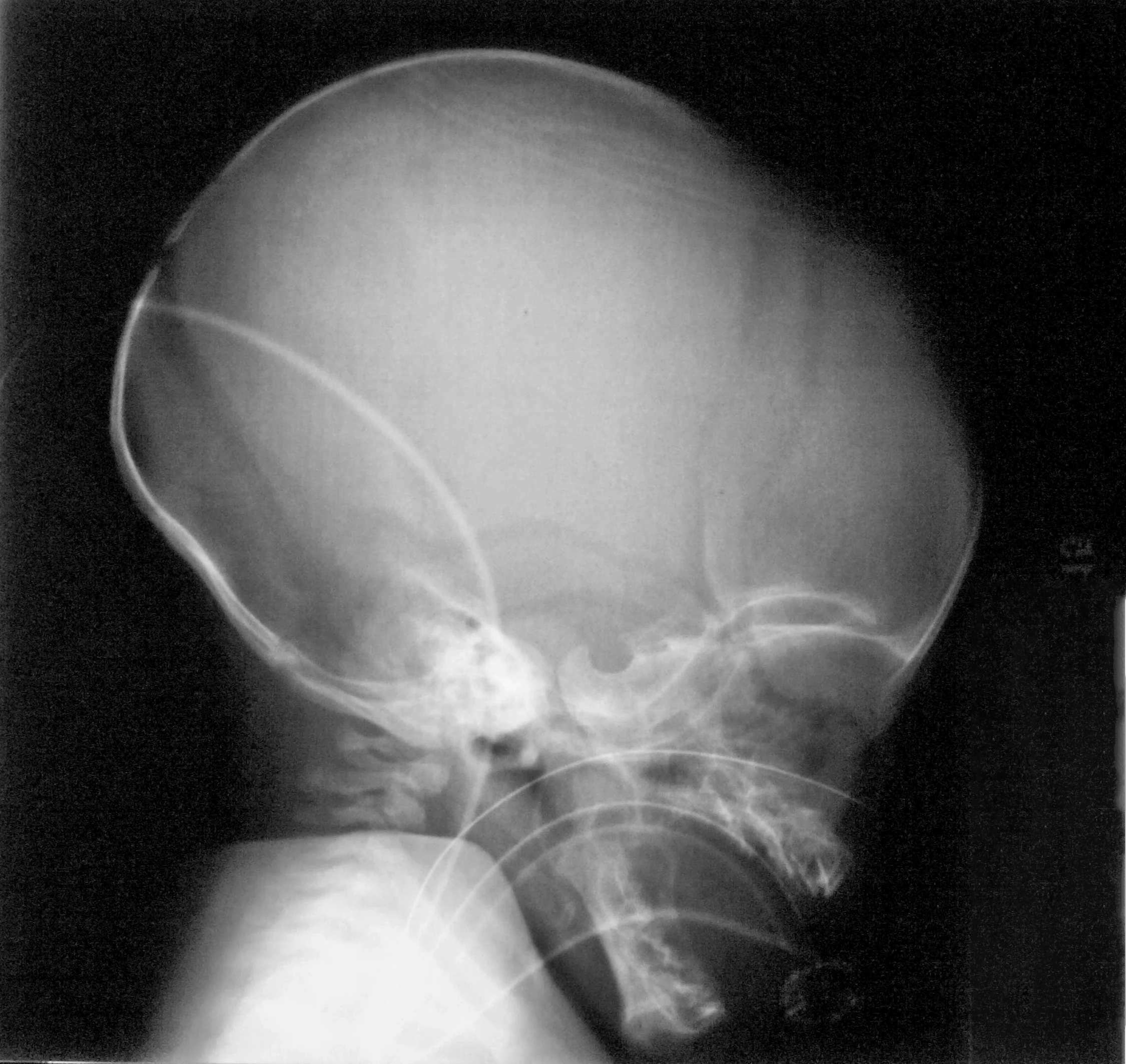Hayes+Associates inspection photo of a “fixed” cup used to assemble jumps for equestrian events.
Equestrian eventing, which involves horses and riders jumping over obstacles of various heights and widths, is reported to be the riskiest of all horsing activity. A horse weighs approximately 1,000 pounds, travels up to 40 mph, has the ability to act independently and is by nature unpredictable. The rider often weighs as little as 100 pounds, sits astride the horse with his or her head up to 13 feet above the ground, and continues to travel at the speed of the horse even when the horse’s speed abruptly slows or stops.
Based on statistics from 2001-2003, over 100 thousand non-fatal, horse-related injuries are treated annually in American emergency departments. The most common mechanism of injury is a fall, with fractures and traumatic brain injuries the most common diagnoses.
In 2017, Hayes + Associates was retained on behalf of an Oregon horse jumping facility to investigate head and spinal cord injuries sustained by a 100-pound teenaged rider during a jumping event. In this instance, the rider was propelled forward over her horse’s neck when the horse tripped over an oxer (a jump of two fences placed parallel to one another with a space between to make the jump wider). Failing to clear the jump, the horse’s foreleg landed between the rails of the oxer, its forward momentum was slowed, and the rider continued headfirst beyond the jump, at which point she was struck by the falling horse. The horse was uninjured.
A case was brought by the rider’s family against the eventing venue, alleging that the facility was responsible for the severity of the fall and injuries because of its failure to use a safety feature known as “breakaway cups.”
In oxer construction, the cups holding the ends of the rails to the verticals can be of two types—fixed or breakaway, the latter of which are designed to allow the rails to more easily disengage from the verticals with downward pressure. Both types of cups allow rails to fall away when met with forward, horizontal force of horse and rider. Plaintiff contended that the cups holding the ends of the horizontal rails were not of the breakaway type and that the severity of the fall and injury would have been reduced or avoided if breakaway cups had been used.
Frame by frame analysis of cell phone video of the fall, conducted by H+A Engineering Associate, Kristen E. Lipscomb, Ph.D., and a physics-based reconstruction of the fall and subsequent injuries by Drs. Lipscomb and CEO Wilson C. “Toby” Hayes showed instead that the rails disengaged from the fixed cups as intended when the horse’s legs contacted them, and that the horse’s stumble, fall, and impact with the prone rider would not have been altered by the use of breakaway cups.
As a result, in part because of the Hayes+Associates biomechanical analysis of the incident, the parties settled prior to going to trial. Based on the experience from this first equestrian case, H+A learned that the same fundamental scientific approaches we employ to investigate more traditional cases, like slips and falls and occupant injuries in motor vehicle collisions, can also be used productively, and successfully, in unconventional cases such as rider injuries in equestrian jumping events.





